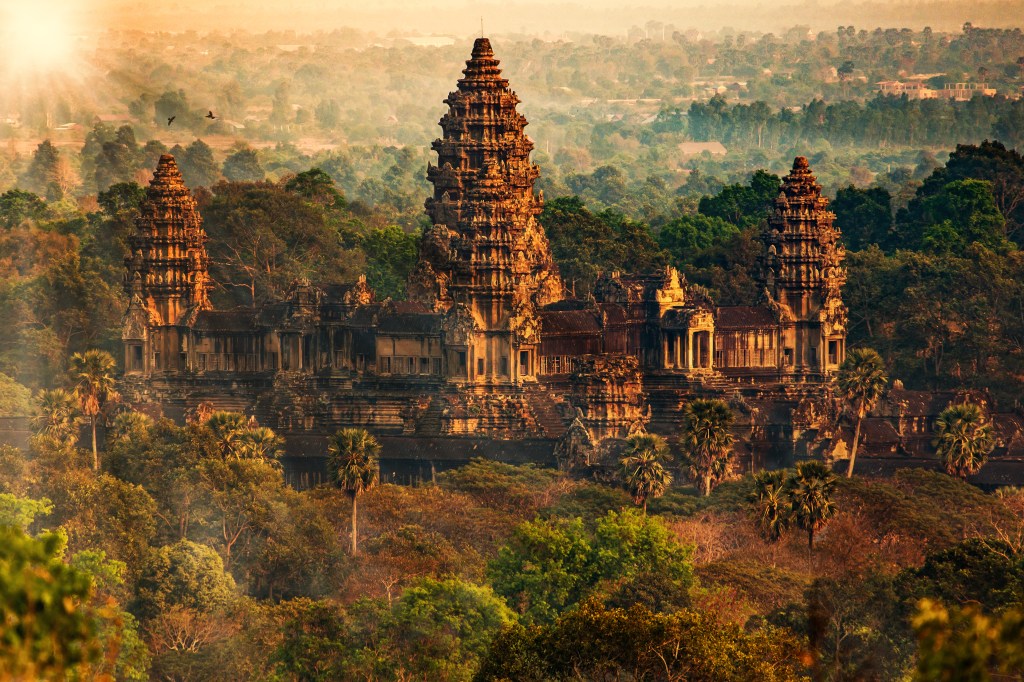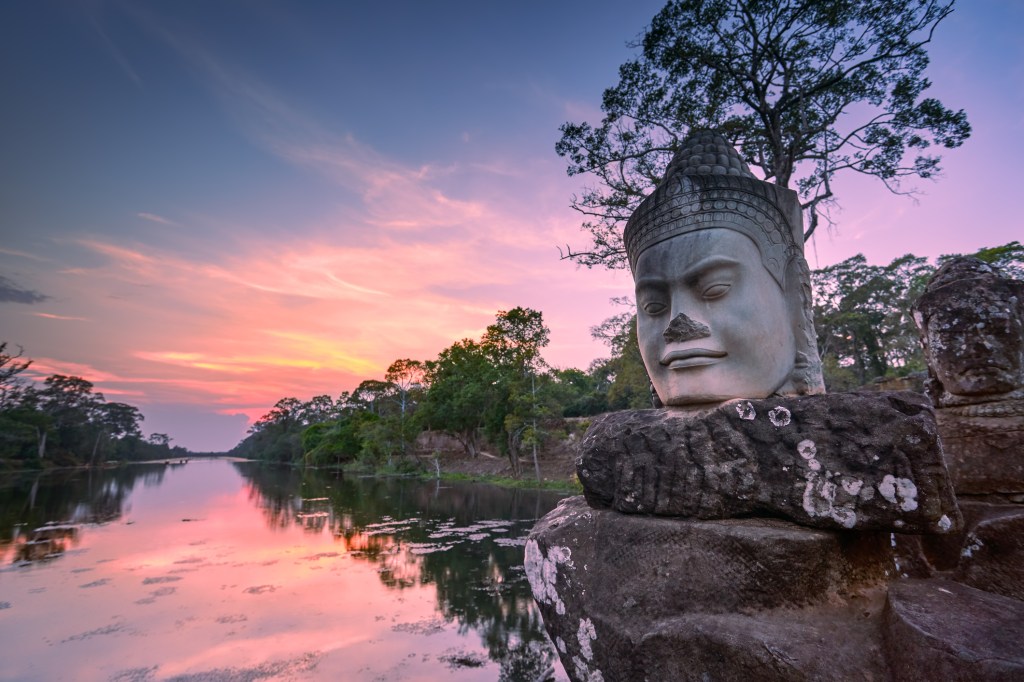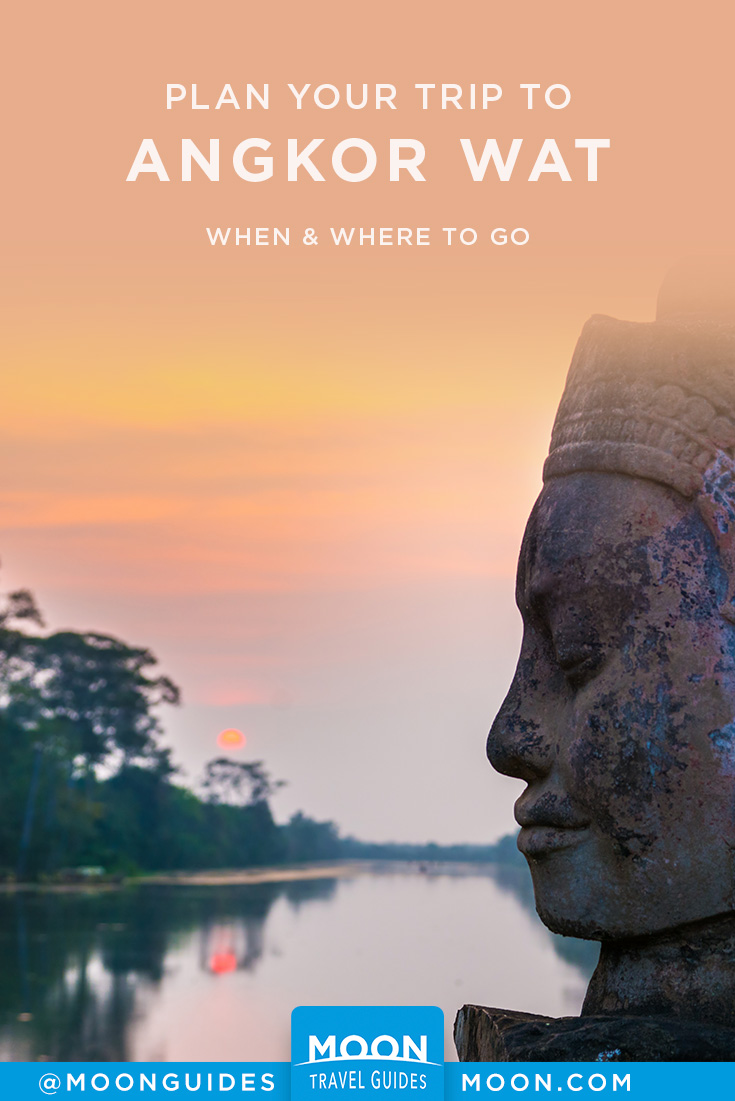Planning Your Trip to Angkor Wat
If Angkor Wat is on your list of dream destinations, here’s how to get started on planning your adventure.

Where to Go
Siem Reap
Cambodia’s temple town is clean, safe, and easy to navigate, and serves as the jumping-off point for the main monuments of the Angkor Empire. You’ll find excellent accommodations for all budgets, local cuisine as well as Western fare, and plenty of shopping opportunities.
Angkor
Temples, temples, and more temples. Several huge imperial capitals of the Khmer Empire flourished between the 10th and 15th centuries and ruled Cambodia as well as large parts of today’s Thailand, Laos, and Vietnam. Today, only the magnificent temple ruins remain, and the Angkor Archaeological Park, a UNESCO World Heritage Site, sits as the spiritual and cultural heart of Cambodia.
Battambang
Cambodia’s second-largest city offers a laid-back atmosphere, the best circus in Asia, excellent accommodations, great art galleries, and fantastic trips into the surrounding countryside.
Remote Temples
Temples such as Banteay Chhmar, Koh Ker, Sambor Prei Kuk, and Preah Vihear have become more accessible in recent years and are less crowded than the main sites, although this may change as time goes by.
Phnom Penh
Cambodia’s capital has come a long way in the last decade. The streets are safe—if clogged with traffic—and hundreds of restaurants, bars, and clubs sit against a background of colonial architecture. You’ll also find street markets, art galleries, and museums that present both Cambodia’s Angkor era as well as its more recent turmoil.

When to Go
Cambodia’s climate is tropical year-round. The best time to visit Angkor Wat is in the cool season, between October and early March. But that’s also the busiest time of year around the temples. During the hot season, late March into June, much of the country turns into a furnace, although the Khmer New Year in April is a special experience anywhere, especially around Angkor. The rainy season, June-September, is a great time to explore the temple ruins, as there are fewer visitors. Keep in mind that some of the remoter temples could be inaccessible due to road conditions. In October, head to Phnom Penh for Bonn Om Tuk, the annual water festival.
How to Get Around
Distances in Cambodia are short, but the roads are bad (though they are improving). The main population centers are connected by paved highways, but out in the provinces, roads are often laterite dirt, which creates dust storms that turn clothes red and destroy cameras. The journey from Siem Reap to Phnom Penh can be done by plane, boat, bus, or taxi. The rest of the country is mostly reachable by bus or taxi, although some of the remoter corners of Cambodia, depending on weather, can only be reached by pickup or 4WD vehicle, or even just by motorcycle. Driving yourself is possible, if risky, given the local driving culture, state of the roads, and limited medical facilities. But it is a great adventure exploring Cambodia in or on your own vehicle, and in most places in the countryside, locals welcome anyone passing by with open arms.
Ready to start planning the trip of a lifetime? The best way to do it is with a guidebook! Check out Moon Angkor Wat for everything you need to know.
Related Travel Guide
Pin it for Later
